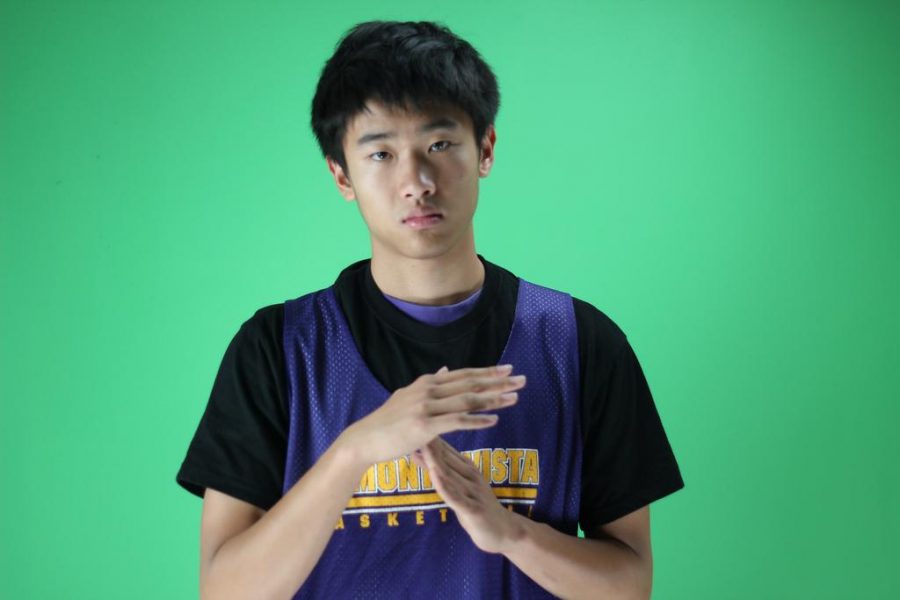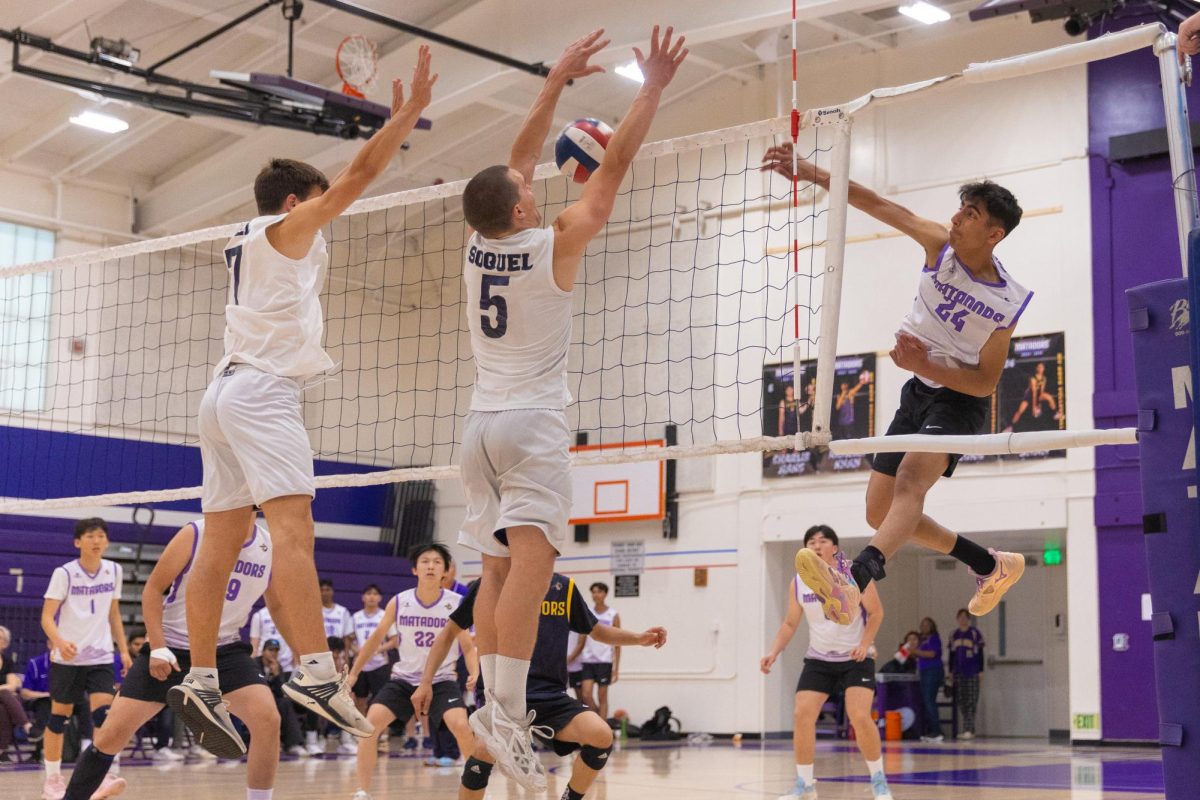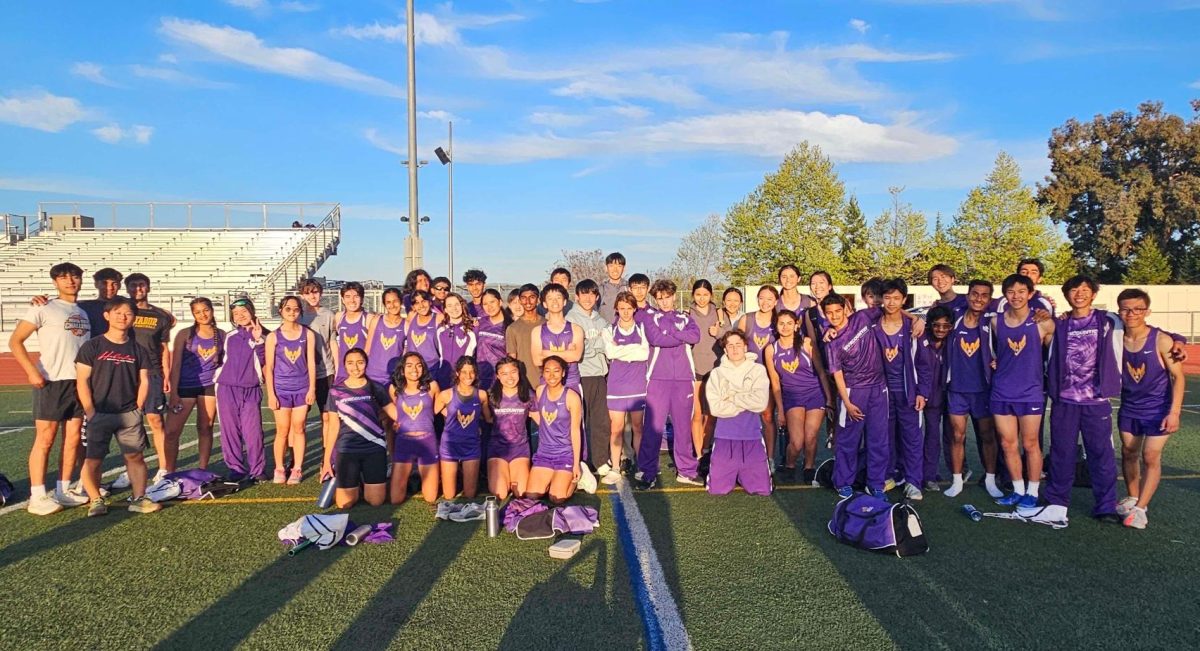Sports programs suffer when junior year athletes prioritize academics over athletics

Practice. Homework. Study. All time-consuming activities that compete for our attention as high school students. The elusive goal — success — is achieved only through motivation and dedication. And since there are only 24 hours in a day, junior year often forces students to make difficult decisions in order to prioritize between academics, extracurriculars, athletics, and a social life.
With a number of large transitions taking place simultaneously — taking AP classes, having a number of standardized tests to take, and playing at the varsity level for athletics — some students realize they can’t do it all without many sacrifices. Given the strong academics at MVHS, the tendency is for sports to fall by the wayside.
Consider the football program, which head coach Jeff Mueller and the rest of the staff devote their time to after school in order to develop athletes into passionate competitors. According to Mueller, their efforts are being undermined by juniors in the program who take a year off, hampering the success of the varsity team.
“We spend time as a coaching staff, to go ahead and develop a freshman and sophomore,” Mueller said. “And then they come in junior year and say they aren’t going to play. I have no interest in them coming back their senior year. They’ve lost a year of development — physical development, knowledge of the game, speed, that type of thing, so it makes it very, very tough for them to be a contributor.”
Any sport that has a large time commitment such as basketball or water polo often goes through this “junior flight” as players choose not to return after their sophomore year. In particular, the girls basketball team was impacted this past season, when they went 1-11 in league.
“It’s frustrating to know that you’ve worked hard to train girls and then they just quit, and you have no control over the situation,” girls basketball head coach Sara Borelli said. “This year, three girls decided not to play — three girls that you had an expectation for the coming season to play. For us, I kept us up in the upper league with the expectation that these junior girls were going to be on the team. There’s no way to predict, but with those extra bodies there, [perhaps] we could have won more games.”
For junior Jalaj Punn, his basketball career took a hiatus this past season after his parents insisted that he focus on his grades. Looking back, he is disappointed in his decision, now often feeling cooped up at home after school. He views his time on the basketball team as an outlet, something to look forward to after school, especially after a rough day.
“[Basketball] is a commitment,” Punn said. “It makes you tired after practice, but because of the workload [freshman and sophomore year], it was okay.”
Despite this trend, some athletes have successfully balanced athletics and academics. For junior Michael Whittaker, a wrestler and football player taking three AP classes, his rigorous schedule is possible because of time management and self-discipline.
“A lot of your necessities become luxuries,” Whittaker said. “Now that wrestling and all my sports are over, I try to spend two hours eating trying to bulk up. During wrestling, when I get home at 7 p.m. everyday, [I could] only eat for 20 minutes. You have to rush and sacrifice a lot of what you would normally do.”
Whittaker believes that the biggest obstacle for many of these students that quit their sports comes down to trying to hold onto the amount of social time they are used to. Since the amount of time required for academic and athletic success increases, many people quit so they have time for other things like socializing with friends.
When you do sports and school, especially wrestling, you reach a point in your life when you just are seriously upset and angry. You don’t get sleep, you don’t get food — there’s a limit to what you can do and you’re just pushed up against that limit,” Whittaker said. “I think [quitting] boils down to people [saying], ‘Oh, this is hard. I don’t want hardship, so I’ll quit [my sport].’”
Yet even with this difficult dilemma, students have the guidance of teachers, counselors, and parents to help them make the best decision possible. For AP US History teacher Vivianna Montoya-Hernandez, this means being flexible with makeup dates for assignments and extra credit opportunities as long as absences are cleared. She even offers the opportunity to sit down with her and plan out schedules week by week, down to the hour if necessary, to make sure that her students are on track to succeed.
“For me, it’s always going to come back to time management,” Montoya-Hernandez said. “If students plan ahead and think about what they are going to do. You’re going to have to schedule your free time as much as your work time.”
Instead, many MVHS students try to do it all, only to find that they have to give up something due to their overcommitment. An option available for athletes is to drop their sport. However, with some planning and support, student-athletes can find a way to make it all work out.
“Teachers need to be flexible about time, parents need to be mindful, counselors need to answer questions for students, and students need to be advocates for themselves,” Montoya-Hernandez said. “They need to plan ahead and [communicate] to put it all together.”
{cc-by-nc-sa}








